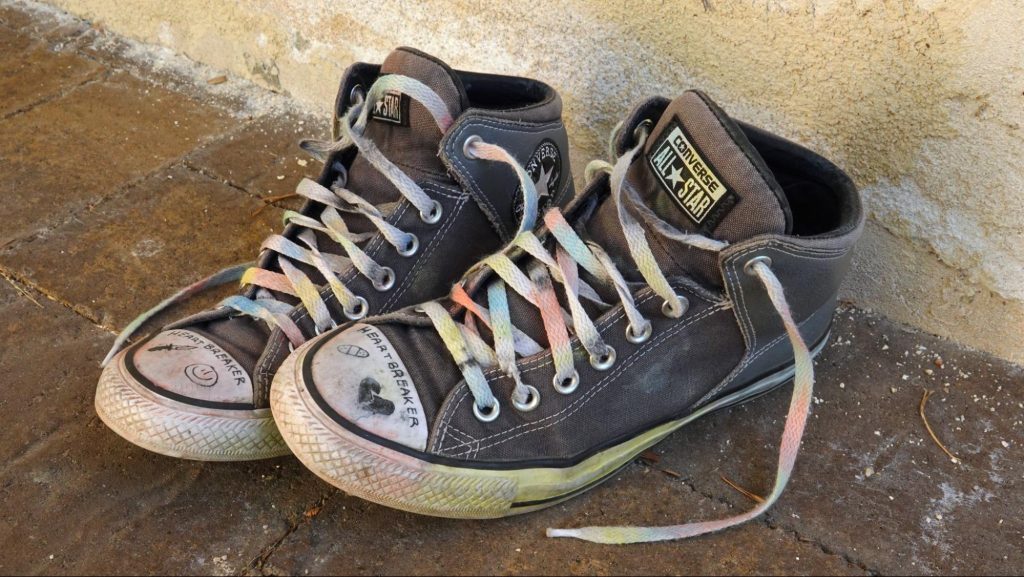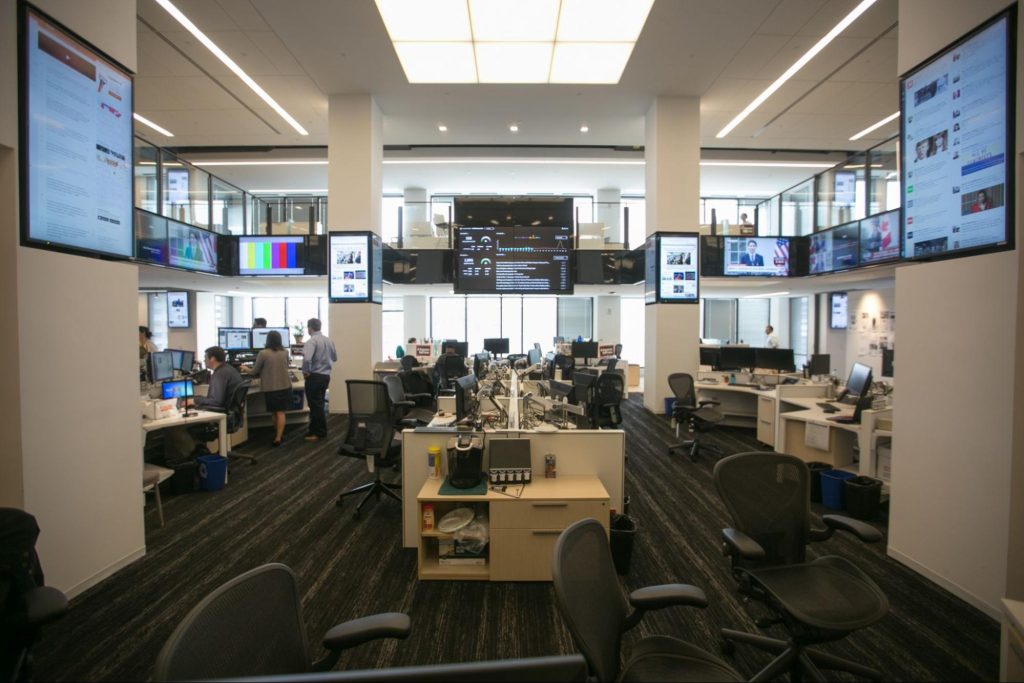
Photo: Pawel Janiak | Unsplash
What to look for in a sensitivity reader
Lived experience is just the beginning
Hiring a sensitivity reader (also called sensitivity editors or cultural consultants) can be a professionally enriching, cost-effective way to turn out more accurate journalism while reducing the risk of harm. But what qualifications do you look for in a sensitivity reader? How do you pick one? The founder of a sensitivity consultancy, a stylebook editor, and a public radio producer weigh in.
Identity

The most important qualification for any sensitivity reader is a shared identity with the identity groups covered in a piece of reporting. Getting input on the accurate framing or sourcing for reporting on a marginalized identity from someone who does not share that identity is an easy way to run aground by “othering”, that habit of casting a group of people as different or alien from the majority. Othering is a nearly invisible habit, and one that is all too common when a majority-identifying author or newsroom takes on a minority-identity experience. Because othering can happen so easily and unintentionally, starting your work with a sensitivity professional who co-identifies with one or more marginalized identities at the center of a story is a must.
Renee Harleston, founder and owner of WritingDiversely.com, is a sensitivity reader and editor who helps source sensitivity readers for multiple different identities working in both fiction and nonfiction. She notes that a single identity may not be an adequate qualification when multiple intersecting identities are at play in a project, drawing on her own experience as a sensitivity reader to explain: “A lot of folks who are sensitivity readers belong to the identity that they read for. I’m a Black woman, so I read for Black women and girl characters. Sometimes people come up to me and say ‘Hey, I have a Black lesbian character, can you read for this?’ and I’m like ‘I’m actually not a lesbian, I can’t help you with that aspect of this character’s identity, but there are Black lesbian readers who can help you with that.’ That intersectionality is always important.”
Scholarship

Providing feedback on the representation of an entire identity community may require more than the lived experience of a single person, particularly when historical, political, and geographic contexts might shape how a story is perceived by that identity group, or in scenarios when the risk of harm might be actively changing. In these higher-risk scenarios, a sensitivity reader with demonstrated scholarship–evidence by academic preparation, a reporting beat, a legacy of peer-reviewed research, or other critical analysis or published works–may be required to adequately referee whether the framing and treatment of a marginalized group is accurate.
Topics that might invoke a need for scholarship could be emerging policy issues related to identity such as gender-affirming care, or projects that touch on specific and relevant histories, such as medical exploitation of Black patients. For these two examples, a degree or thesis in gender or queer studies, or a demonstrated reporting beat on health disparities in the Black community might be necessary to ensure adequate consideration is paid to past and present context.
In looking for readers for the upcoming book Conscious Style Guide, author, editor and Conscious Style Guide founder Karen Yin looked first for representative sensitivity editors, and then dug into their past work and interviewed them. “I literally found articles that they’ve written, things they would write about themselves on their website” weighing their past work against the content she wanted reviewed in the guide. “Then I contacted them and I would engage them in a bit of a conversation,” adding an interview component “to confirm that this is something that they feel comfortable doing.”
Situational awareness

“Someone who’s very cognizant of how language changes over time is really important to have for a good sensitivity reader.” says Harleston. Language, social norms, and the nature of identity changes through time, so having a sensitivity editor who is well connected to those changes as they occur can be critical, particularly in times of radical change.
As an example, Harleston offers the use of the capital B in Black. “I’m still seeing lowercase Bs everywhere when talking about Black people. This change is fairly new, but a good sensitivity reader can be updated, or at least have some resources to go to in order to piece together these new ways people are talking about this identity. ‘Does that apply to what my client is working on? Does it sort of square with what I think is appropriate in the context of the piece? Are people just saying this on social media, but it doesn’t really hold a lot of weight in terms of publishing work?’ Being able to discern that is really important.”
Contextual awareness is key, because it affects meaning. Yin suggests considering context from different viewpoints “The ideal is to approach language in a contextual manner, one that focuses on the impact on the reader, and on the group of people you are talking about. It can be confusing to try to pinpoint the exact language to use, even within that specific context. It is helpful to think about what is appropriate, what is adequate, and what is reasonable instead of striving for the perfect language to use.”
Experience with newsrooms

Finding a sensitivity reader that is familiar with working with newsrooms is a massive plus. Though many sensitivity professionals are accustomed to working with both fiction and nonfiction publishers, some sensitivity professionals are accustomed to working primarily in fiction writing, working on long deadlines and fictitious characters. The tight turnaround times, fact-checking and copyediting process, and even the unique newsroom cultures that shape how a newsroom tackles source reporting and audience engagement can complicate the working relationship with a sensitivity editor. Being explicit and upfront about the turnaround of a project, and even the nature of a story’s development is always a good idea, but so is working with someone with media experience.
Rasha Aridi, radio producer at the public radio program Science Friday recommends looking for sensitivity readers who have experience consulting with newsrooms, “It is really helpful if they’ve worked with journalists before because our job is going to be different than somebody who’s making an animated TV show or something. Understanding the boundaries of what we can and can’t do as journalists is really helpful.”
Feedback chops

Issues of identity can be tough, and when we all are trying so hard to do right by the communities that we serve, our sources, and our colleagues, it can be difficult to be told that something we’ve written or created has the potential to do harm. Great sensitivity readers appreciate nuance, deliver feedback alongside research and resources, and fully appreciate that all of us get it a little wrong most of the time. This last suggestion is something that perhaps is less of a resume attribute and much more the type of quality that comes through on reference. As with any editor, someone who can deliver specific, actionable feedback, while doing it in a way that is well-received, is the special sauce that makes a good sensitivity reader great.
“I think a good sensitivity reader is someone who’s very constructive with their feedback” says Harleson, adding that it’s about more than pointing out errors, “you can point out that something’s wrong, but if the sensitivity reader can’t really help you fix it, then they’re not a good sensitivity reader, right? Some [sensitivity readers] help you with those changes and those fixes. Being constructive is really helpful.”
Many sensitivity readers also list editing and copyediting as skills, suggesting this broader feedback proficiency adds to sensitivity work. “It helps if you have a sensitivity reader that also is an editor in other ways. They know what some of those protocols are for giving feedback, those really helpful ways to explain something to a client.”
A special thanks to Karen Yin, Rasha Aridi, and Renee Harleston for agreeing to be interviewed and sharing their wisdom for this article and the upcoming Sensitivity Reader Toolkit. Thanks also to Nahima Ahmed, Science Friday’s manager of impact strategy, for conducting the interview with Harleston for this story.
